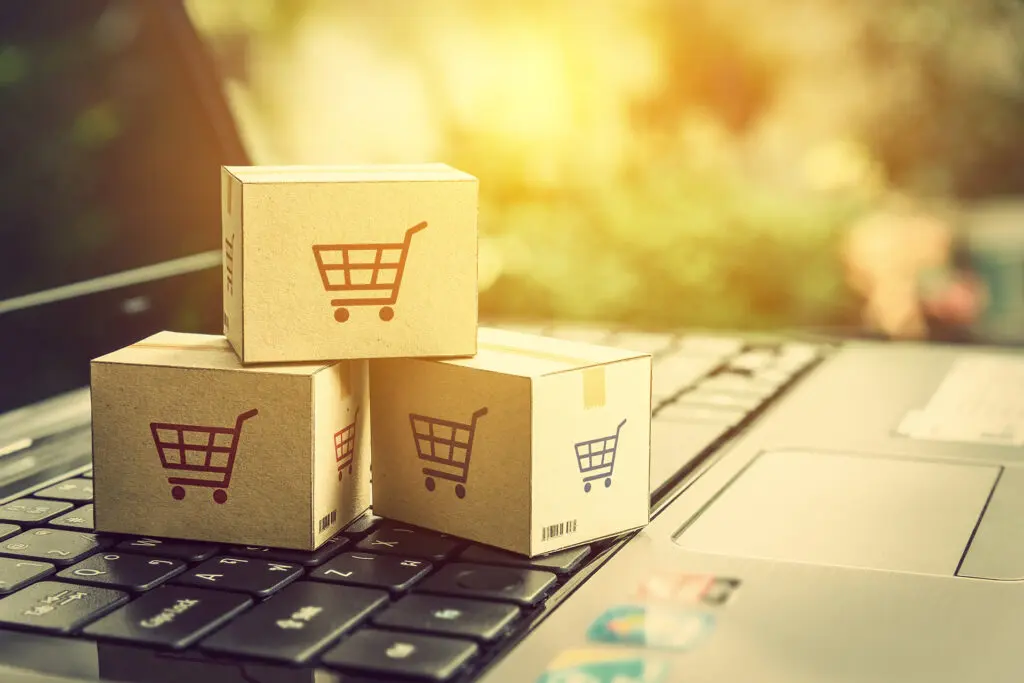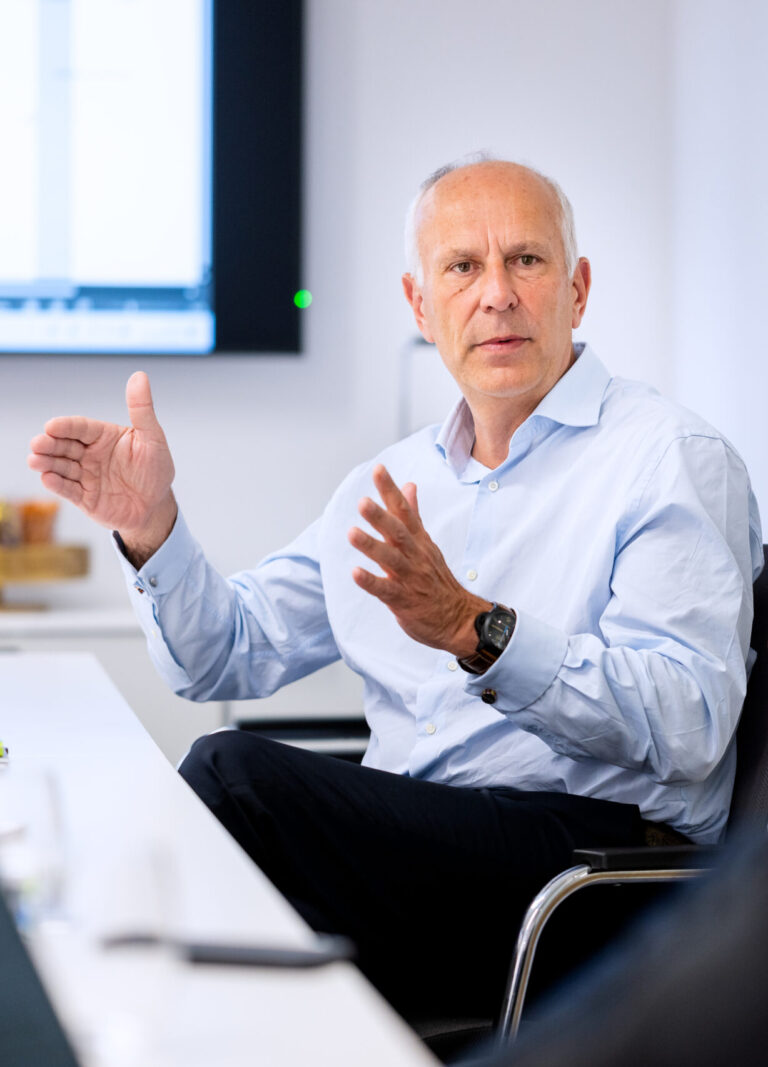Responsible Procurement – Towards a new horizon of opportunity

In a world where sustainability has become an essential element of performance, companies of all sizes need to reassess their sourcing strategies. The adoption of responsible procurement practices seems to be a natural response, not only to meet environmental requirements such as carbon emissions reduction, particularly scope 3 emissions, but also to seize new market opportunities.
Common opinion tends to reserve the practice of responsible procurement for large companies, perceived as the only ones capable of making a significant impact. However, this perception underestimates the potential of SMEs in this field, which can play an active and significant role in promoting sustainability, particularly through the agility induced by their size. Their approach, though different, is just as essential to the ongoing market transformation.
Yet adopting responsible procurement practices poses a major challenge for SMEs: how can they take the step towards more responsible procurements while preserving their growth and competitiveness? A well-thought-out strategy and deep convictions are essential to overcome the obstacles and turn efforts into competitive advantages.
In order to provide some answers and a better understanding of the challenges of responsible purchasing, we have chosen to interview Marc Debets, CEO and founder of By.O group, which supports companies in their sustainable and organizational transformation.
Interview
Understanding responsible procurement

Marc Debets
CEO and founder of BY.O group
1. Could you explain to us what responsible purchasing actually consists of, and why this approach has become a major CSR concern for companies?
Responsible purchasing is a proactive approach by companies towards their supply chain, focusing on the sustainability and social responsibility of their suppliers. This approach has become a major CSR concern because of the significant impact suppliers have on a company’s overall environmental and social performance. With the aim of contributing to the achievement of the United Nations’ Sustainable Development Goals, companies are turning to the purchasing function to integrate responsible practices throughout their production chains. Furthermore, in order to meet their decarbonisation targets and contribute to achieving the objectives of the Paris Agreements, it is becoming imperative for companies to step up their efforts to reduce Scope 3 emissions (indirect emissions including emissions from suppliers, product use, transport, waste, etc.), which can rapidly represent 3 to 4 times the emissions from Scopes 1 and 2 1 . It is therefore becoming essential for companies to involve their suppliers in this approach. Responsible purchasing practices have thus become an essential tool for ensuring compliance with CSR standards, reducing companies’ overall carbon footprint and promoting more sustainable production at all levels of the supply chain.
2. What are the main challenges faced by companies when trying to implement sustainable purchasing practices? Are there any particular barriers to change?
Companies now need to go beyond simple written commitments from their suppliers. The need to prove compliance with commitments, particularly social commitments, is becoming crucial. For example, compliance with the principle of fair remuneration is a global challenge, especially given the absence of clear international benchmarks. On the environmental level, the challenge lies in measuring the impact on biodiversity, which is more complex than measuring greenhouse gas emissions. This complexity of measurement represents an additional barrier to the implementation of responsible environmental practices and calls for a more thoughtful and global approach from companies.
1 Source: Réseau Action Climat study
3. Do SMEs face specific challenges in adopting responsible purchasing practices compared to large companies? If so, which ones and how are they being addressed?
Companies generally follow a three-stage process for adopting sustainable purchasing practices: measure, commit and improve. Currently, many SMEs are at the beginning of the process, in the measurement phase, which means they are assessing the impact of their current practices before moving on to concrete commitments. The specific challenges faced by SMEs often include the need to understand which specific actions will deliver meaningful results. Once this understanding has been established, SMEs can draw on their direct operational links and agility to implement these new purchasing practices.
4. What are the main benefits and opportunities for companies when they invest in responsible purchasing practices? How can a company maximise these benefits?
Implementing responsible purchasing practices offers companies a multitude of strategic and operational advantages. By rethinking the design of their products, companies can not only reduce their environmental footprint, but also improve their overall performance. This approach not only fosters innovation, leading to more durable, economical, and efficient products, but also generates substantial economic savings thanks to more efficient use of materials and thus lower production costs. Far from the preconceived notion that responsible products are more expensive, this approach optimizes expenses while creating efficient products.
Commitment to responsible purchasing practices also strengthens a company’s brand image. Consumers’ growing awareness of environmental issues is driving them to favour responsible brands. By adopting these practices, companies can satisfy this growing demand and win the trust of consumers and customers.
To maximize the benefits, it is important to integrate responsible practices into the company’s overall strategy. Working closely with suppliers and ensuring transparent communication reinforce the impact of sustainable initiatives. Internal team training encourages widespread support by raising awareness around responsible issues.
5. Could you detail the key stages in a transformation project, from identifying the issues at stake to deploying concrete actions, while raising team awareness?
There are several key stages in the transformation towards responsible practices. The first phase is intention, which originates in the CSR departments, sometimes preceded by the purchasing departments. The personal conviction of managers can also play a key role in the process, as can that of their teams.
This is followed by a measurement and assessment phase (carbon, biodiversity, populations, etc.), which provides a solid basis for identifying areas of work. The next phase involves targeting priority actions by determining the categories of suppliers and geographic zones with the greatest impact. This phase can be challenging, depending on the scope of the assignment: our firm experienced this during a project for a major retail group and its 4,000 suppliers in 14 countries. This example illustrates the need for sophisticated measurement mechanisms.
The use of multiple measurements is becoming crucial for assessing progress in diverse environments. This requires the development of a measurement methodology that enables progress to be recorded, reported, and valorised. Throughout all these stages, effective communication ensures that teams are constantly aware of the issues, thus reinforcing commitment and maximizing the effectiveness of the actions deployed. This methodical approach guarantees a well-planned progression towards responsible practices, integrating measurement, action, and ongoing team awareness.
6. Do SMEs have the same opportunities as large groups (especially when it comes to suppliers)?
SMEs and large groups have different opportunities to adopt responsible practices, particularly in terms of supplier management. In this context, the rise of large groups, characterized by emblematic projects, serves as an example due to their substantial financial resources. Nevertheless, SMEs stand out for their operational agility, enabling them to act with speed and precision. Commitment to process and product re- engineering is now widespread, reflecting a shared willingness to go beyond initial expectations and deliver meaningful action. Challenges arise in determining priorities and costs. It is crucial to note that the adoption of green practices does not necessarily imply higher costs but requires the mobilization of resources to undertake the transition to sustainable practices. In this context, grants and subsidies play an essential role.
7. Could you share some concrete examples of strategies that your firm has successfully implemented to help companies of various sizes make the transition to more responsible purchasing?
Over the past ten years, Danone has made a deep commitment to regenerative agriculture, an initiative focused on farmers’ respect for soils and ecosystems. Our firm, By.O, has played a leading role as the technical catalyst for this approach, helping to define sustainable practices within the company.
In the glass bottles industry, where both consumption and production were significant, our intervention was crucial. By.O guided the process aimed at making purchasing more efficient and sustainable: a transition to furnaces running on electricity rather than gas was implemented, thus reducing the carbon footprint. In addition, the lightening of glass bottles from 300g to 250g reduced energy consumption throughout the production and transport process.
In the luxury goods sector, By.O has worked with a group to guarantee the sustainability of raw materials of animal origin, integrating animal welfare throughout the entire production chain. A comparative approach to the techniques employed in different sectors enables us to optimize practices and ensure a responsible transition.
8. How can we ensure that a supply chain complies with OECD (social) principles?
The first step is to formalize suppliers’ commitment, notably by signing agreements, for example, with the OECD’s Guiding Principles, ILO standards or the UN’s Sustainable Development Goals (SDGs). Next, it is necessary to assess the compliance of their practices, via surveys or audits. Some companies are leveraging technology, notably blockchain, to improve the measurement and traceability of products’ journey through the supply chain, thereby enhancing transparency.
Training and awareness-raising also play a crucial role. Raising the awareness of purchasing teams enables them to integrate notions of sustainability at the same level as notions of economic performance: the aim is no longer simply to negotiate the best economic conditions for the company, but also to integrate extra-financial performance objectives into purchasing processes. This implies an approach that starts right from the drafting of specifications.